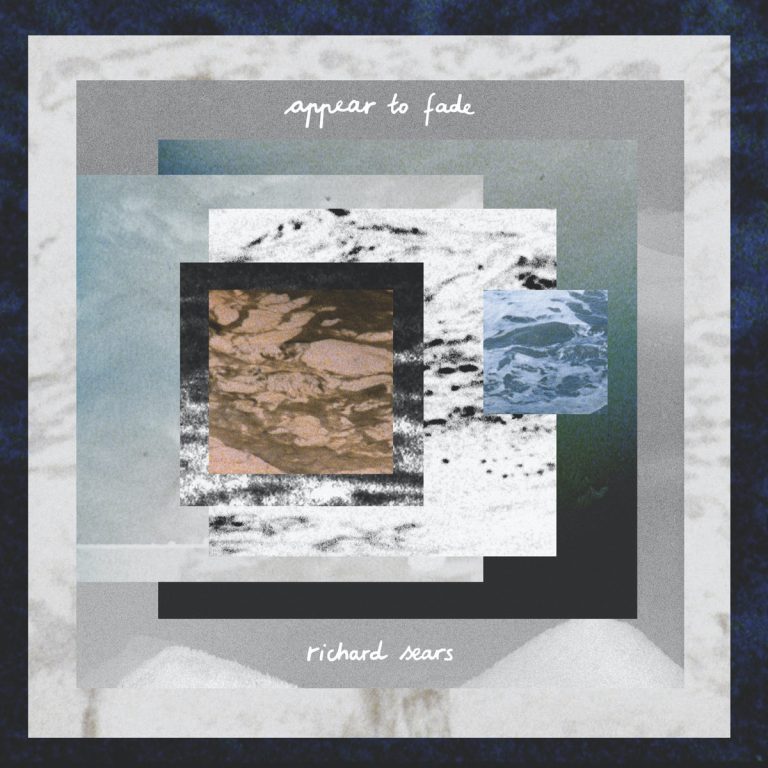Richard Sears is an accomplished jazz pianist, but if Appear to Fade is your first encounter with his music, then this might not be apparent. Having played with esteemed jazz musicians such as Albert “Tootie” Heath, Billy Hart, and Ravi Coltrane, Sears has a wealth of experience behind him that extends also to work with contemporary musicians like Sam Gendel, Martin Nevin, and RJ Miller. On Appear to Fade, that musical history and knowledge seems to both condense and disappear: it’s a deconstructed document that takes Sears’ skill and puts it back together again, making for a recontextualisation of his music to date.
Collaborating with Ari Chersky, Sears’ skill and musical talent is all over Appear to Fade, but more in a literal manner. Taking Sears’ short compositions and some directed improvisations, Chersky converted the music into tape-loop samples that the duo then spent several months collaging, piecing together the materials into new forms using analog production tools and unconventional tape-looping techniques. Sears’ piano playing is still all over the album, but in new, curious forms.
The effects and end results are varying in terms of the active listening required. This is textural music through and through; crackling tape hiss warming and ageing all the music, making it sound both lo-fi and recovered from a vault. On “Manresa” it adds a romantic air to the shimmering, decayed piano notes, like the soundtrack to old black and white film clips of your grandparents frolicking about in their youth. Elsewhere, on “Tulev”, it adds an ominous, heavy air to the gloomy chords and backtracked effects, like something is on the cusp of being said. There’s detail aplenty hiding in the hiss, but often Sears’ music here becomes a wash of velvety ambience; at its best it’s a rain-soaked journal, perfect for days with bleak, overcast weather. Like at a planetarium, it’s lovely to sit and point out pretty stars – but at times it becomes a twinkling blanket of glassy background music.
They aren’t bad offerings though: opening track “Tracing Time” is like morning sunlight reflecting off a lake, the slow motion awakening of nature as the fog dissolves, while the interweaving piano melodies of “Flotsam” is like two music boxes playing alongside each other. The water-damaged effect the tape loops add to the music does congeal it all here and there, but shifts in mood like the soured piano on “Tulev”, the undulating rumbling lurking beneath the porcelain chords on the aptly titled “Dolorous Interlude”, or the swishing avant notes on “Urchin” keep the album from forming into one 37 minute whole.
Come the end, the studio trickery is done away with and we get a glimpse of Sears at the keys alone. Still recorded with immense detail (the fidgety creak of pedals and the soft rustling of his hands across the keyboard permeate the track), it’s an even more special moment because it’s Sears playing the Una Corda (a one-of-a-kind keyboard instrument developed by David Klavins, known for its characteristically glassy and muted tone). It produces a crystallised sound as Sears plays a lightly romantic and airy improvised jazz standard (as directed by Chersky). It’s the skeleton of a song in the making, asking for a sweet and sultry voice to sing alongside it sometime in the future. It feels like Sears’ music coming back to life after being split apart and taped together.

